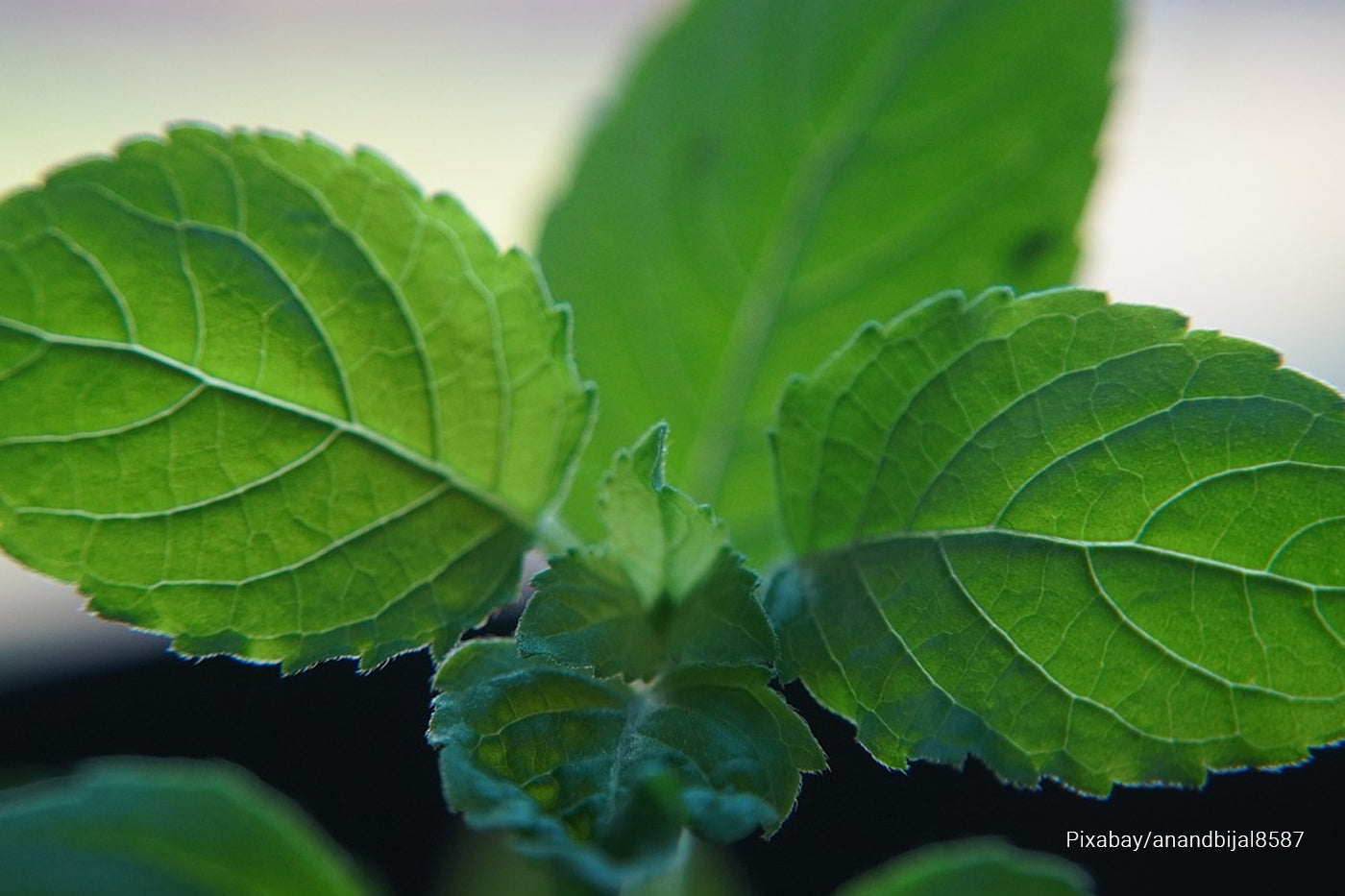Plant nurseries tend to curate their stock based on consumer trends. That’s why when you walk through a nursery nowadays, you’re likely to find popular indoor plants like monsteras and spider plants, as well as backyard staples like tomato plants.
Most seed banks work in much the same way. Alongside storing heirloom and open-pollinated seeds that are endemic to the region or regions in which they operate, a lot of seed banks also source seeds that are in-demand. But what seeds are adventurous gardeners after nowadays? Well, some of the results may surprise you.
With more gardeners looking to live off their land, seeds with medicinal purposes, like spearmint for an upset tum, have skyrocketed in recent years. Of course, this is not entirely new ground we’re treading either. Herbal remedies for a variety of maladies have been used for thousands of years. In fact, many of our modern medicines, such as morphine, aspirin and malaria treatments, stem from herbs, flowers and bark.
Contents []
Top 4 Seeds with Medicinal benefits
Here are just 4 of the top seeds that practical gardeners are sourcing across the world today.
Cannabis (cannabaceae sativa)
Weed seeds sprout quickly and, when grown outside, are fairly easy to tend to. Thought to be native to central Asia, cannabis is a psychotropic herb that has been found useful in treating conditions such as depression, chronic pain, arthritis, epilepsy, fatigue and insomnia, negative side-effects of cancer treatment, and anxiety. Note: ask your doctor before using cannabis as it can negatively interact with other medications and may not be suited to all medical conditions.
Cultivate cannabis by sowing seeds in nutrient rich soil that drains well. Spring is the optimal time as the seeds need mild warmth to germinate. However, weed seeds can also be propagated indoors during cold weather periods.
Water moderately and fertilise every few weeks until the colas (flower head clumps) start to bud. Harvest mature plants after five months, drying and curing them based on personal preference. Longer curing times lead to enhanced aroma, flavour, and potency.
Be sure to check your local government regulations before growing cannabis as it is not yet legal in all areas.
Canadian wild ginger (asarum caudatum)
The plant that ticks all the boxes is Canadian wild ginger – and surprisingly this one isn’t even a seed, but is still undeniably in high demand. An easy to grow perennial, this ‘ginger’ is a cool-climate cheats version of the ginger you can buy in stores (zingiber officinale). Nowadays, however, you can also buy ginger rhizomes online, making it easier than ever to grow this cold weather root in your own garden.
Cooking the roots of this pretty ground cover with sugar creates a delicious substitute for ginger. The leaves, when brushed or stepped on, release a tantalising ginger aroma.
Canadian wild ginger likes moist, shady positions where its roots can spread to form a dense groundcover. In spring, one flower of a stunning burgundy colour blooms, and ants help spread the seeds within.
As it can grow from its own tubers, Canadian wild ginger is easy to get started and, provided the soil stays moist enough, can largely be left to its own devices.
Tulsi holy basil (Ocimum tenuiflorum)

As the common name suggests, Tulsi holy basil is a spiritually sacred herb belonging to the mint family. For Hindus, Tulsi holds great significance and is used in holy rituals and for its purported healing properties. With its green or purple leaves, Tulsi can be a beautiful addition to any garden.
The list of health benefits of Tulsi holy basil is extensive. With the flowers, seeds, leaves, stems and roots being used in oils, ointments, teas and foods, it is little wonder that it can help treat conditions from malaria to anxiety!
Although it is native to tropical southeast Asia, Tulsi is quite happy in colder climates when grown in pots outside or inside. Whilst it likes a nutrient enriched well-draining soil, Tulsi will survive in poor soil. Fertilise every few weeks and you’ll never have to buy basil again.
Bat flower (Tacca chantrieri)
If a gardening adventure is what you’re seeking, you’ll definitely want to add a bat flower to your list. The large purple/black flowers have whiskers that can grow up to 27 in. (70 cm) in length and looks like a cross between a bat, catfish and a Triffi. Bat flowers are not for the easily spooked!
Bat flowers are native to tropical and subtropical Asia, enjoying moist soil with a semi-shaded position. As with many plants, it can survive in less than ideal conditions, so don’t be afraid to give it a go if you live in temperate regions.
If you regularly get snow and frost it will have to live inside during the cold as it prefers temperatures between 69-79F (21-26oc) and loves humidity.
As with the other unusual plants, bat flowers have hidden healing powers that have been used in Chinese medicine for centuries. The roots have been used in treatments for digestive problems and high blood pressure.
Building Your Own Healing Garden
Gardening might not be an adrenaline-filled activity, but there are still opportunities to be a little bit daring. Choosing obscure, challenging to grow, or medicinal plants can shake up your garden and make tending to it a little more thrilling.
As with any medicine, it is best to check with your doctor before trying any of these remedies. Regardless of any medicinal benefits, growing these uncommon plants is bound to be an interesting adventure!



